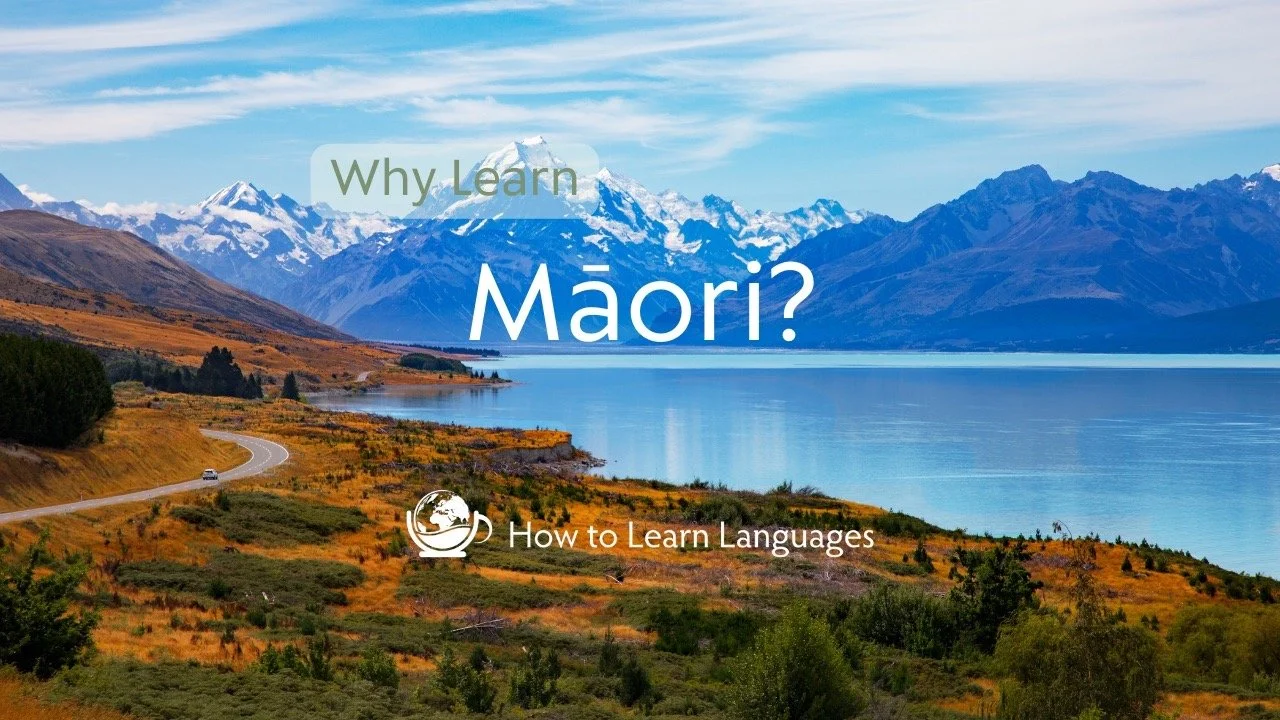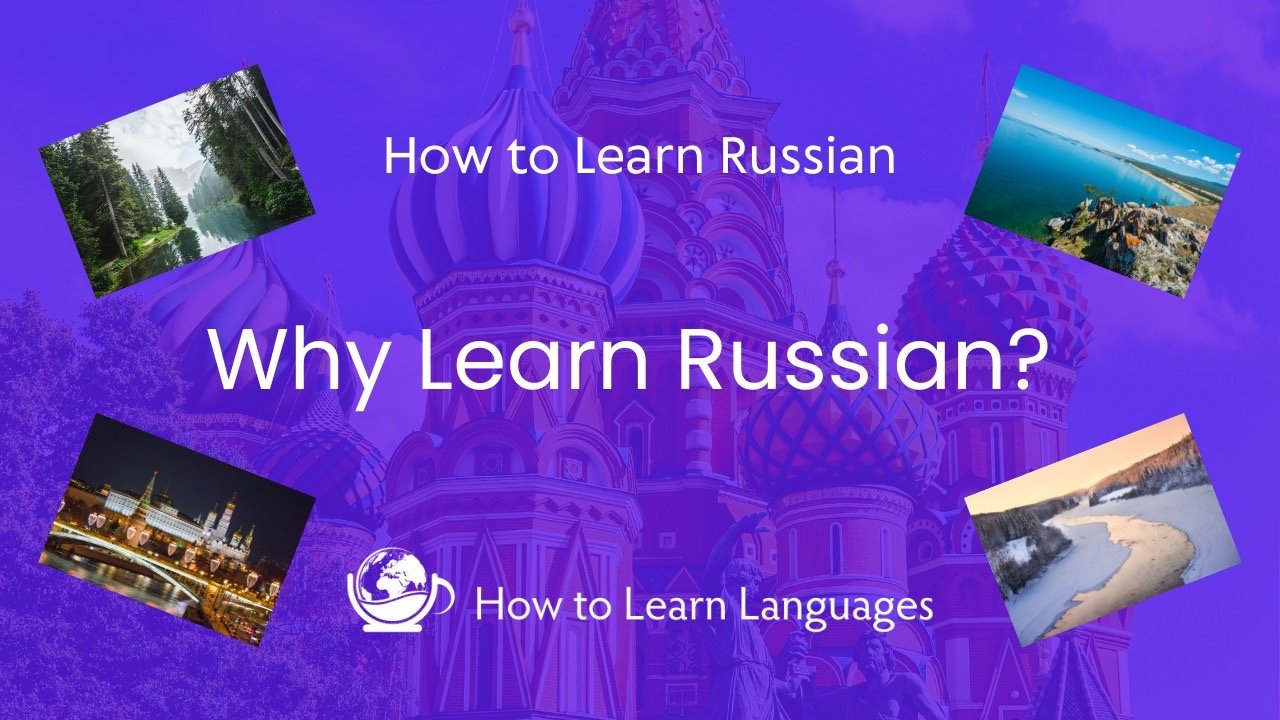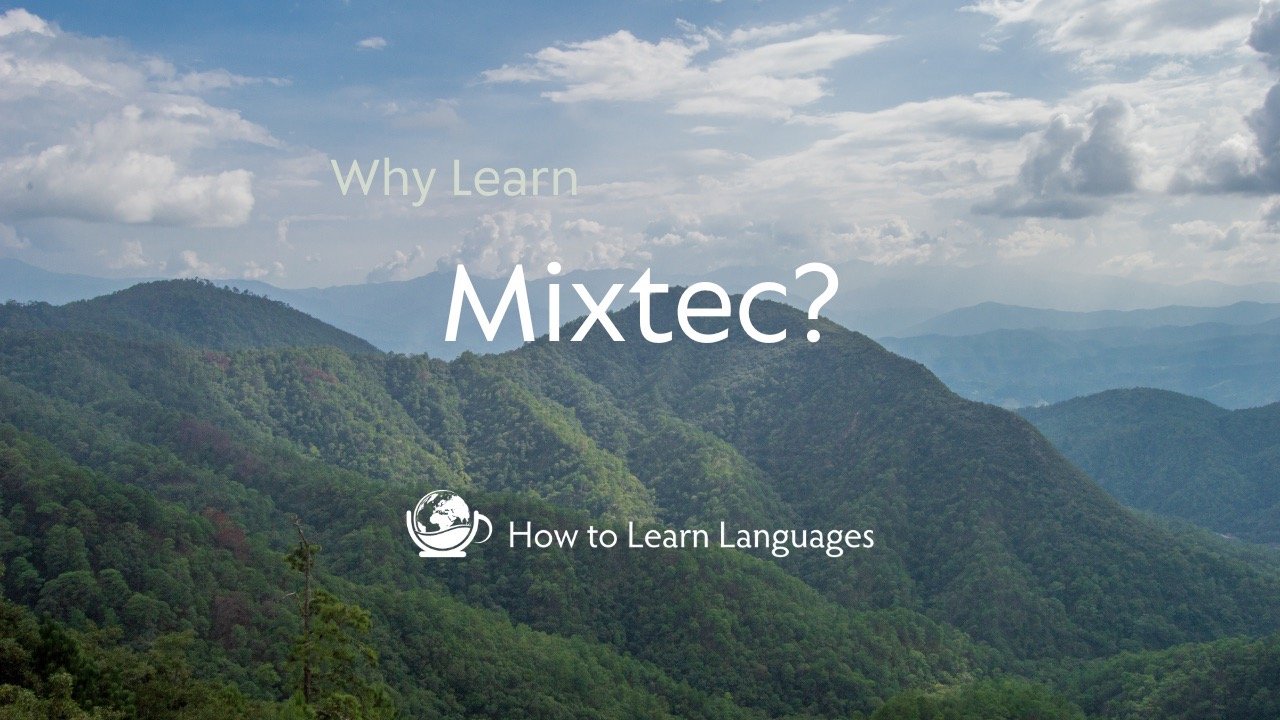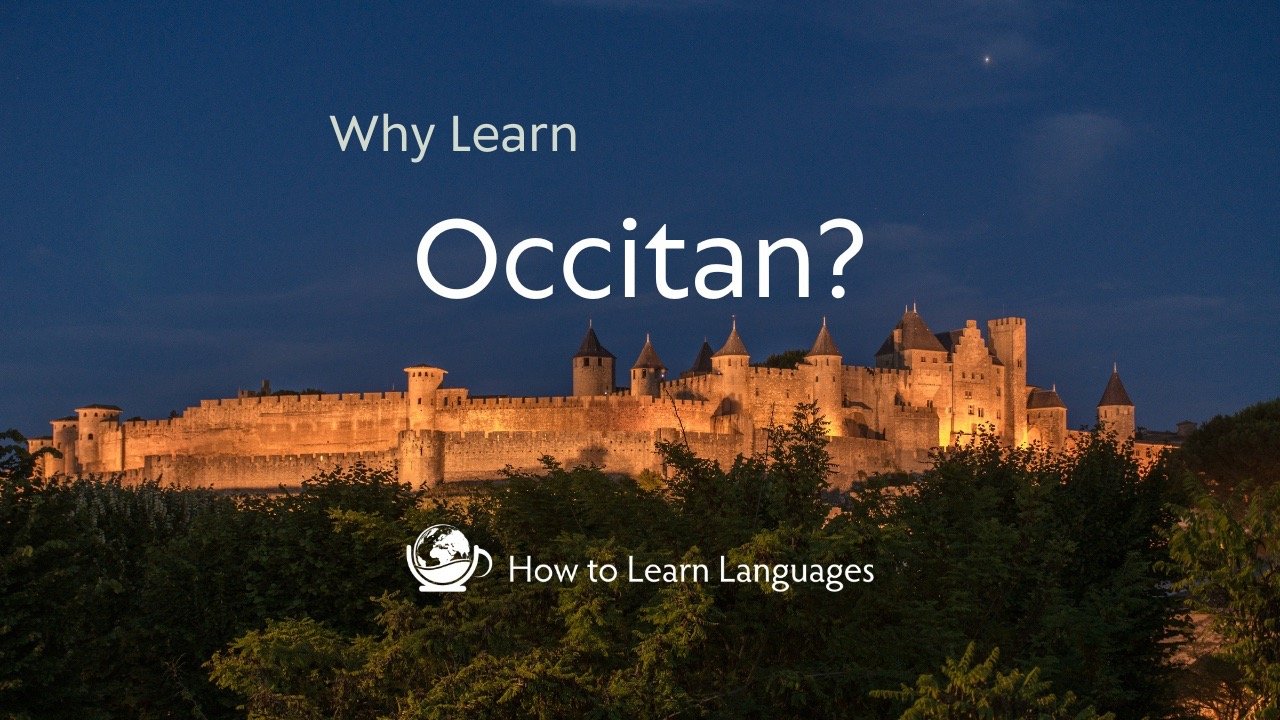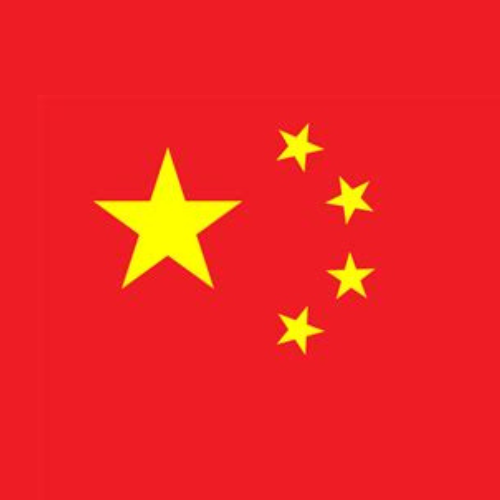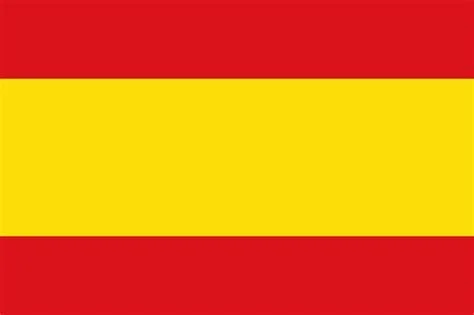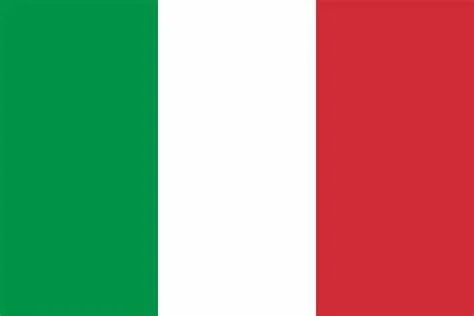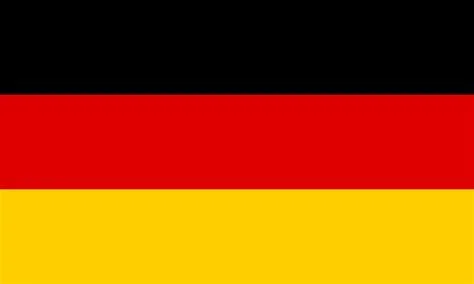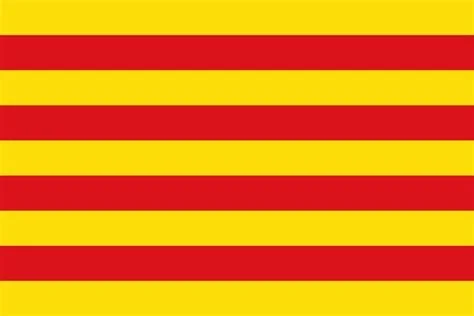
Blog
Occitan Language vs French: Key Differences and History
Understanding the history of the Occitan and French languages is essential to grasp their differences today. These two languages, while sharing a Romance language origin, evolved in drastically different ways, reflecting the diverse cultural and political landscapes of France.
How I Learnt Spanish: My Journey from Beginner to Fluency
Discover how I learnt Spanish, all the way from classes at school to teaching myself the language for dissertation research in Madrid and volunteering as an English teacher in Ecuador.
Why Learn Lao?
Lao is from the Kra-Dai (Tai-Kadai) language family, and is both a first language and a lingua franca in Laos - a country with more than 80 languages, two of the most widely spoken of which (after Lao) are Hmong and Khmu.
Why Learn Albanian?
Albanian is spoken by around 6 million people in the Balkans, particularly in Albania and Kosovo. The total number of speakers of Albanian throughout the world is thought to be around 7.5 million.
Why Learn Mapudungun?
Mapudungun, sometimes spelt Mapuzugun or Mapudungu, is spoken by the Mapuche people in Chile and west central Argentina.
Why Learn Armenian?
Armenian is the official language of Armenia, and is spoken by an estimated 5 to 7 million people worldwide - among a diaspora spanning all six inhabited continents.
Why Learn Khmer?
Khmer is the official and national language of Cambodia, where it is spoken as a first language by around 13 million people. It is also spoken as a second language by minority groups in the country.
The total number of speakers of Khmer is thought to be around 18 million, as there are significant communities of speakers in neighbouring Thailand and Vietnam, as well as a much smaller number in Laos.
Why Learn Yanomami Languages?
The Yanomami languages are a group of closely related languages spoken by the Yanomami people, in southern Venezuela and in the northwestern Brazilian states of Roraima and Amazonas. There are thought to be around 30,000 speakers of Yanomami languages.
Under the corrupt, fascist regime of Jair Bolsonaro, a combination of Covid-19 and illegal logging, drilling, and mining threaten the Yanomami on a daily basis.
Why Learn Amazigh Languages?
The Amazigh languages are a group of closely related languages and dialects spoken by the Amazigh people, predominantly in North Africa. The Amazigh are sometimes known as Berbers in English, although Amazigh or Imazighen are the proper terms.
Estimates vary, but the number of speakers of Amazigh languages today is likely to be anywhere between 20 and 30 million.
Why Learn Buryat?
Buryat is a Mongolic language spoken in the Republic of Buryatia - the region around Lake Baikal on Russia’s border with Mongolia. It is also spoken in parts of Mongolia, as well as the Province of Inner Mongolia in China. There are thought to be around 280,000 speakers today. The number of speakers had been declining for decades, but thankfully, efforts are being made to revitalise the language.
Why Learn Sakha?
Sakha, also known as Yakut or Yakutian, is a Turkic language spoken in the Republic of Sakha (Yakutia). The Republic is home to around a million people, and covers a vast area stretching all the way to the Arctic Ocean in the north. Its capital is Yakutsk, located around 450 kilometres south of the Arctic Circle, on the Lena River. Around 450,000 people speak Sakha as a first language.
Why Learn Xhosa?
Xhosa is part of the Nguni branch of the Bantu language family - a branch that also includes Zulu, Southern Ndebele, and Northern Ndebele. It is an official language in South Africa and Zimbabwe. It’s estimated that 8.2 million people speak Xhosa as a first language, whilst a further 11 million speak it as a second language.
Why Learn Maori?
Maori is a Polynesian language - part of the wider Austronesian language family. It is spoken by the Maori - the indigenous people of Aotearoa (New Zealand), who migrated there from Polynesia in the fourteenth century. Although the number of speakers declined sharply during the twentieth century, efforts are being made to revitalise the language.
Why Learn Assamese?
Assamese is an Indo-Aryan language, and is thus part of the wider Indo-European language family. It is predominantly spoken in the northeast Indian state of Assam, as well as the neighbouring states of Arunachal Pradesh and Nagaland. Of its roughly 23.5 million speakers, around 15 million speak it as their first language. The language is written in the Assamese script.
Why learn Russian?
With an estimated 153 million speakers, Russian is the seventh most widely spoken first language in the world.
Why Learn Kaqchikel?
Kaqchikel has around 410,000 speakers, and is part of the Quichean-Mamean branch of the Mayan language family. It is spoken by the Kaqchikel people of midwestern Guatemala, predominantly in the departments of Sololá, Chimaltenango, Sacatepéquez, and Guatemala. Despite the Spanish Conquest's exploitation and genocide of indigenous peoples, Kaqchikel survived, and is now taught in public schools.
Why Learn Mixtec?
With more than half a million speakers, Mixtec is spoken in La Mixteca - a region spanning the Mexican states of Oaxaca, Puebla, and Guerrero. Over the years, migration has brought the language to other parts of Mexico, and even the United States - with a significant community in California.
Why Learn Lingala?
Part of the Bantu language family, Lingala is a significant lingua franca in the Central Africa region. It is one of the most widely spoken indigenous languages in the Democratic Republic of Congo, predominating in the northwest and the capital, Kinshasa. It is also spoken in the northern half of Congo, and is even spoken in parts of the Central African Republic, Angola, and South Sudan. It’s estimated that between 15 and 20 million people speak Lingala as a first language, whilst a further 25 million speak it as a second language.
Why Learn Occitan?
By the time Dante made reference to the langue d’oc in 1304, it had suffered persecution at the hands of the French. Today, the various dialects that make up the langue d’oc are collectively referred to as Occitan. It is still spoken in southern France. There’s also communities in Monaco, Italy, and Catalonia, with the total number of speakers thought to be around 790,000.
Why Learn Umbundu?
Umbundu is the most widely spoken indigenous language of Angola, with around 7 million speakers. It is spoken by the Ovimbundu, who constitute around a third of the country's population. Most speakers live in the Central Highlands and the coastal region to their west, but there are also large communities in the capital, Luanda.

How to Learn Any Language
Watch this free video guide (40 mins) where I show you How to Learn Any Language. Plus, you also receive a free eBook covering everything you’ll learn in the video.
Link and password for video are inside the eBook

I want to learn…
🪴 Learning Languages
Get the free newsletter that you’ll look forward to reading. Once a month, I share with you the languages I’ve been learning, including how I’ve been learning them and the resources I’ve been using. Plus, you’ll also receive film suggestions, general advice, and even exclusive discounts.













